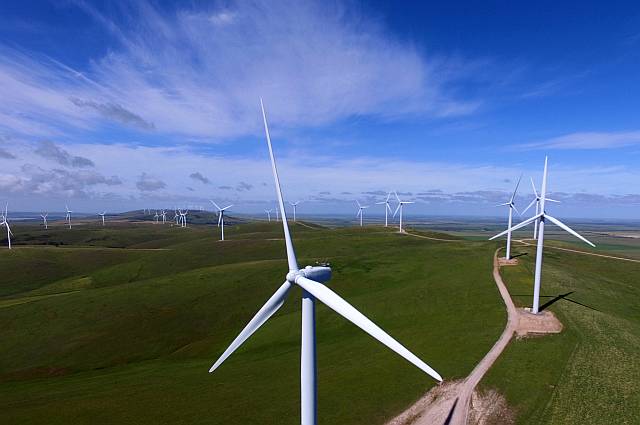Kidston, Queensland, 250 MW, 2,000 MWh
One Australian mine that is being developed for pumped-hydro energy storage
is the open-cut
Kidston gold mine in Queensland.
This will be able to generate 250 MW for eight hours (a total of 2,000 MWh of electrical energy).
Iron Duchess North Mine, South Australia, 90 MW, 390 MWh
The Australian Renewable Energy Agency (ARENA) is helping finance a $1.7 million feasibility study investigating the use of the pit of the old Iron Duchess North iron mine on South Australia's Eyre Peninsula, Feb. 2018.
The estimated capacity is 90 MW of power and 390 MWh of energy.
Kanmantoo Mine, South Australia, 220 MW, 1,300 MWh
Also in South Australia the Kanmantoo copper mine is expected to reach the end of its life as an active mine in 2019.
It is being investigated for the potential development of a 220 MW power, 1,300 MWH energy pumped hydro energy storage facility.
In 2018 it was estimated that it could be operating by the end of 2021.
There is
an article in International Mining.
Angas Zinc Mine, South Australia, 5 MW, 10 MWh
This project has been described in an article in InDaily, 2019/02/08, written by Benslon Slebert: "Australia's first compressed air energy storage plant to be built in SA" – using a mothballed zinc mine near Strathalbyn, south east of Adelaide.
The project cost has been put at $30 million, it will be capable of generating 5 MW of power and storing 10 MWh of energy; there has been talk of a utility-scale plant based on the same principle if this proves viable.
The South Australian government is to provide $3 million and ARENA $6 million.
The company involved is Canadian owned Hydrostar Australia.
An article on the ABC website:
"Coal mine rejuvenation bill could be left with NSW taxpayers" mentions mine pits up to half a kilometre deep in the Hunter Valley of NSW.
These could provide excellent opportunities for pumped hydro energy storage schemes.
In many Australian situations a lack of water can be a problem in developing a pumped hydro energy storage system, in this case there would be no shortage of water, it would seep or rush in from adjacent aquifers; there could well be a problem with too much water.
There are many old mines being considered for their energy storage potential overseas, for example, in Canada, is the
Marmora project in Ontario, with an
expected capacity of 400MW for up to 5 hours.
Its designed average head is 140m.
|
